1.11 Get Descriptive - Part Two
| Site: | Cowichan Valley School District - Moodle |
| Course: | ELA5, CSS, Sferrazza |
| Book: | 1.11 Get Descriptive - Part Two |
| Printed by: | Guest user |
| Date: | Wednesday, 17 December 2025, 10:21 PM |
Learning Targets
By the end of this lesson, you should be able to say YES to the following questions.
- Can I identify descriptive language when I read or hear it?
- Can I identify and create parts of speech and literary devices that help make writing descriptive?
- Can I find joy and entertainment in reading and listening to descriptive writing?

Show, Don't Tell
Good writers show; they don't tell. Watch this video.
 Now go to your Learning Guide and do the Show, Don't Tell activity.
Now go to your Learning Guide and do the Show, Don't Tell activity.
Creating Descriptive Writing
Choose one of these pictures and use your best descriptive writing to describe it. Even though you are looking at the photo, involve your five senses in the process of imagining what the person is experiencing. Remember to show, don't tell.
Go to your Descriptive Writing Journal and do "Journal #11: Describe What You See". Then, read over your writing. Does it make sense? Can you add any similes or metaphors?
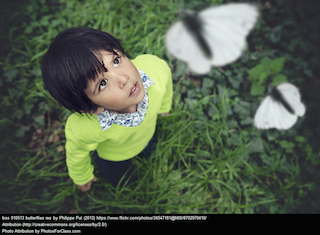 |
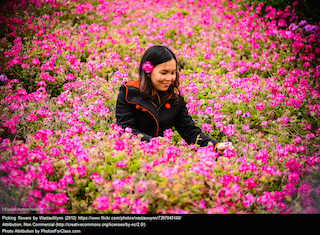 |
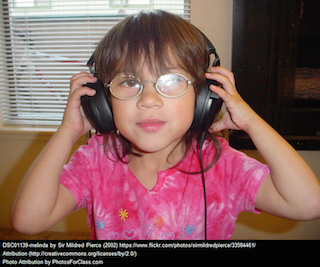 |
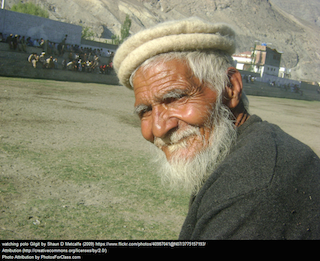 |
Descriptive Writing to Inspire You
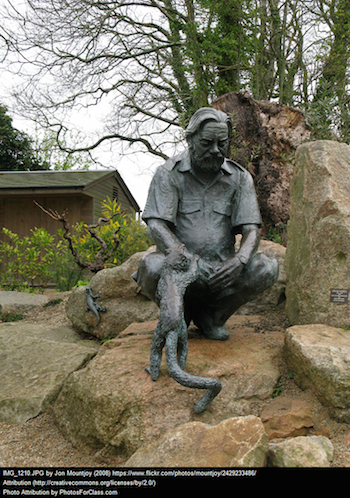 Gerald Durrell was a naturalist, zookeeper, and conservationist who wrote in great detail about the animals he lived with, worked with, and studied. Read some excerpts from his books to see how he shared his knowledge of animals in a descriptive and engaging way.
Gerald Durrell was a naturalist, zookeeper, and conservationist who wrote in great detail about the animals he lived with, worked with, and studied. Read some excerpts from his books to see how he shared his knowledge of animals in a descriptive and engaging way.
As you read the following three excerpts, use your predictive powers to guess what you will be doing for your upcoming assignment. :-)
Once you have read the three excerpts, you will need to decide which animal he described the best, what words and phrases helped you to visualize the best described animal, and what literary devices were used in this description.
Baby Porcupines
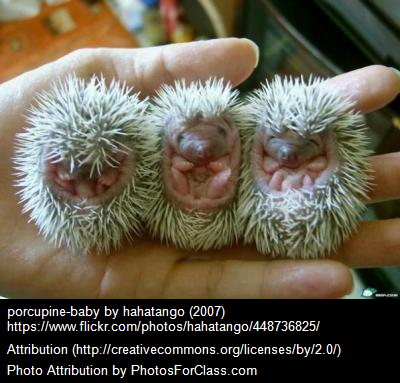
They are covered with a thick coating of spikes but these are white and soft, as though made of rubber. They gradually harden and turn brown when the babies are a few weeks old. When they are old enough to leave the nursery, the mother leads them out and shows them how to hunt for food; they walk in line, the tail of one held in the mouth of the baby behind. The baby at the head of the column holds tight to mother’s tail with grim determination, and they move through the twilit hedgerows like a strange prickly centipede...
Mine were always ready for food at any hour of the day or night. You had only to touch the box and a chorus of shrill screams arose from four little pointed faces poking out of the leaves, each head decorated with a crew-cut of white spikes; and the little black noses would wave desperately from side to side in an effort to locate the bottle.
Dandy the Mastigure
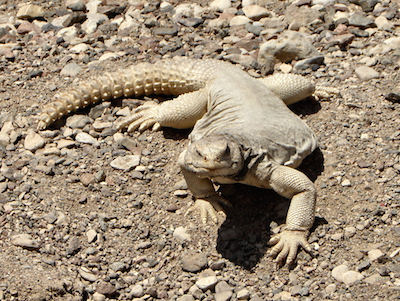 While snakes are passive and rather expressionless beasts, lizards can display considerable intelligence and character. One such reptile we had was a mastigure, which I christened Dandy, owing to his great partiality for dandelion flowers. One must, I think, face the fact that mastigures are not the most attractive of lizards, and Dandy was a particularly unattractive member of his species. Nevertheless, his eager personality made him a likeable creature.
While snakes are passive and rather expressionless beasts, lizards can display considerable intelligence and character. One such reptile we had was a mastigure, which I christened Dandy, owing to his great partiality for dandelion flowers. One must, I think, face the fact that mastigures are not the most attractive of lizards, and Dandy was a particularly unattractive member of his species. Nevertheless, his eager personality made him a likeable creature.
He had a blunt, rounded head; a fat, flattened body; and a heavy tail covered with short, sharp spikes. His neck was rather long and thin, and this made him look as though he had been put together out of bits of two totally unrelated species. His colour could be described only as a rich, dirty brown.
Dandy's liking for dandelion flowers amounted to an obsession. He had only to see you approaching the reptile house with something yellow in your hands, and he would immediately rush to the front of his cage and scrabble wildly against the glass. If it was a dandelion you were carrying, you had only to slide back the glass front of his cage and he would gallop out onto your arm, panting with emotion; then, closing his eyes, he would stretch out his long neck and, like a child waiting to have a chocolate popped into its mouth, would open his jaws. If you pushed the flower into his mouth he would munch away in ecstasy, the petals dangling outside his mouth and making him look as though he had a bright yellow military mustache.
- From The Cold-Blooded Cohort by Gerald Durrell
- Image - Egyptian Mastigure by Eitan F. via Wikipedia
Peety the Touraco
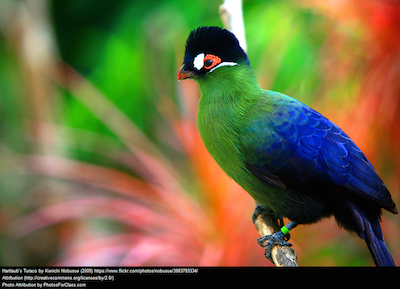 You pass slowly down the house to the big cage at the end where the touracos now live. The male, Peety, I hand reared while in West Africa. He peers at you from one of the higher perches and then, if you call to him, he will fly down in a graceful swoop, land on the perch nearest to you, and start to peck eagerly at your fingers. Then he will throw back his head, his throat swelling, and give his loud, husky cry: "Caroo...Caroo...Caroo...coo...coo...coo... "
You pass slowly down the house to the big cage at the end where the touracos now live. The male, Peety, I hand reared while in West Africa. He peers at you from one of the higher perches and then, if you call to him, he will fly down in a graceful swoop, land on the perch nearest to you, and start to peck eagerly at your fingers. Then he will throw back his head, his throat swelling, and give his loud, husky cry: "Caroo...Caroo...Caroo...coo...coo...coo... "
Touracos are really among the most beautiful of birds. Peety's tail and wings are a deep metallic blue, while his breast, head, and neck are a rich green, the feathering so fine and shining that it looks like spun glass. When he flies, you can see the undersides of his wings, which flash a glorious magenta red. This red is caused by a substance in the feathers called turacin, and it is possible to wash it out of the feathers.
If you place a touraco's wing feather in a glass of plain water, presently you will find the water tinged with pink, as though a few crystals of permanganate of potash had been dissolved in it. Having dutifully listened to Peety and his wife sing a duet together, you now make your way out of the bird house.
- from Menagerie Manor by Gerald Durrell
Author's Craft
Which animal do you think he described the best? what words and phrases helped you to visualize the best described animal? What literary devices were used in this description?
Go to your Descriptive Writing Journal and do "Journal #12: Best Animal Description".